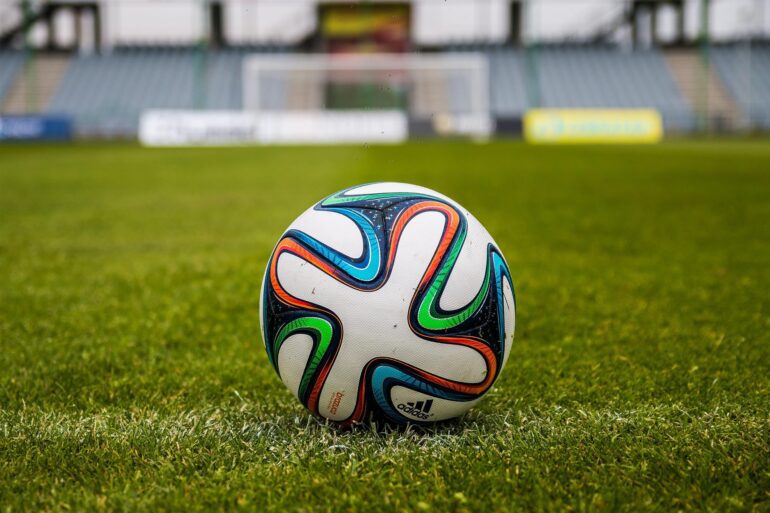TL;DR:
- Researchers at Google’s DeepMind AI lab programmed small humanoid robots to play soccer.
- The robots exhibit impressive agility and can walk, turn, run, kick, and shoot the ball.
- Their movements resemble those of athletic toddlers rather than professional soccer players.
- The project, named OP3 Soccer, demonstrates the effectiveness of low-cost hardware and deep reinforcement learning.
- The robots were trained extensively through simulations and improved further during real-world training.
- They show a strategic understanding of the game, marking opponents, defending their goal, and aiming for the opponent’s net.
- The robots are not as advanced as Boston Dynamics’ humanoids but showcase remarkable skills.
- The research paper on this project is yet to be peer-reviewed.
- The robots’ capabilities pose no immediate threat to professional soccer players’ jobs.
Main AI News:
In a remarkable display of cutting-edge technology, a team of researchers from Google’s DeepMind AI lab has successfully programmed a pair of diminutive humanoid robots to engage in a thrilling one-versus-one soccer match. The resulting footage of these robotic prodigies in action is nothing short of adorable, with their wobbly yet surprisingly agile movements resembling those of athletic toddlers rather than seasoned soccer players.
While the sheer cuteness of these robotic tykes might initially capture one’s attention, it is important not to overlook the remarkable skill they possess. These robots demonstrate remarkable efficiency in walking, turning, running, and seamlessly transitioning between these movements with astonishing fluidity.
Furthermore, they have been equipped with state-of-the-art machine-learning technology, enabling them to execute kicks and shots with remarkable precision. However, it should be noted that their dribbling skills are far from matching those of their human counterparts, for they are no little Lionel Messi.
Despite not quite reaching the uncanny capabilities of Boston Dynamics’ humanoids, the objective of this project, named OP3 Soccer, is to showcase the effectiveness of a particular form of machine learning known as “deep reinforcement learning” using affordable hardware. Instead of constructing a robot from scratch, the researchers opted for an accessible and sufficiently capable open-source robot platform.
The fruits of their labor are evident, as these artificial ankle biters not only exhibit impressive agility but also possess a strategic understanding of the game. They can mark opponents with the ball, defend their own goal, block shots, and, most crucially, aim for the opposing team’s net.
According to the researchers’ yet-to-be-peer-reviewed paper, the robots underwent extensive training in simulated environments, utilizing a system of rewards and penalties to encourage optimal behavior.
However, it was during subsequent real-world training that their true potential began to emerge. The robust bots progressively improved their efficiency beyond what was achieved in simulations, walking 156 percent faster and reducing the time required to stand up by 63 percent, as reported by the researchers.
As the soccer superstars of the world continue to dazzle fans on the field, they may find themselves facing a new kind of competition in the not-so-distant future. The relentless progress of robotic technology suggests that the day may come when these mechanical marvels will be vying for their positions. However, for now, human athletes can rest assured that their coveted roles remain secure.
Conlcusion:
The successful development of humanoid robots capable of playing soccer by researchers at Google’s DeepMind AI lab signifies a significant advancement in the field of robotics and artificial intelligence. This breakthrough showcases the potential of low-cost hardware and deep reinforcement learning techniques in enabling robots to exhibit remarkable agility and strategic understanding in a dynamic and complex environment like a soccer match.
While the current application is focused on soccer, this development opens up possibilities for various other industries and markets where robotics and AI can be leveraged. It highlights the growing intersection between technology and sports, offering potential opportunities for innovation and automation in areas such as entertainment, education, and even professional sports training.
As these technologies continue to evolve and mature, businesses across multiple sectors may need to adapt their strategies to leverage the advantages provided by humanoid robots and explore new avenues for growth and competitiveness in the market.

